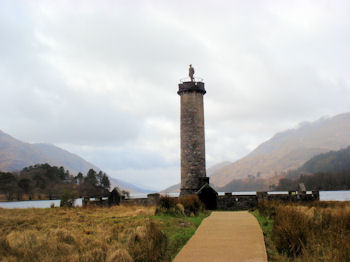
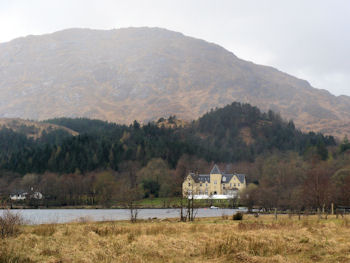
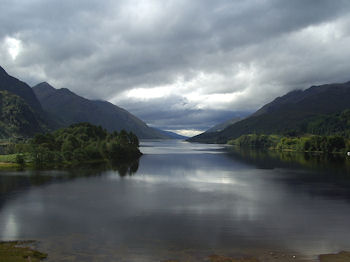
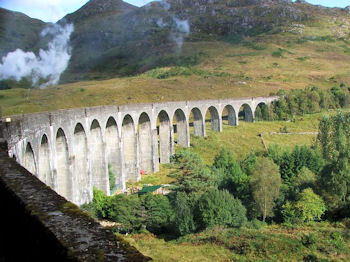
The Daily Diary of a Wandering Restaurateur
Size Matters




Glenfidden is a lovely little spot at the top of Loch Shiel. In addition to the monument to a nobly useless loss of life during The Rising to try to put Bonnie Prince Charlie on the throne of England, Glenfidden now has another claim to fame ... of sorts. Harry Potter fans will recognize the Glenfidden viaduct. (Non-Harry Potter fans won't know what in the world I am talking about!) It seems that movie locations are everywhere in Scotland!
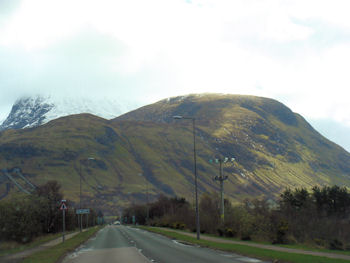
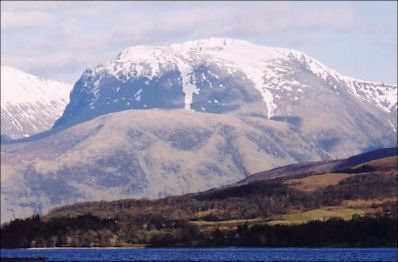
Ben Nevis, the highest point in the UK, was hiding in the clouds as usual ... but if we could have seen the top, this is what it would have looked like. We have similar problems with our view of Mt. Rainier back home.
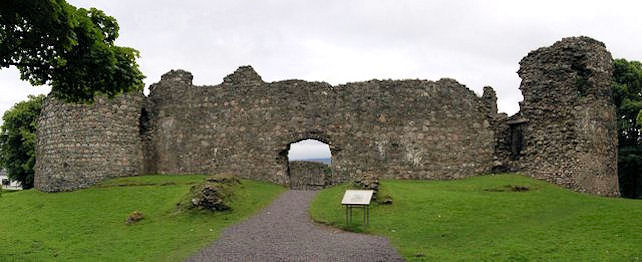
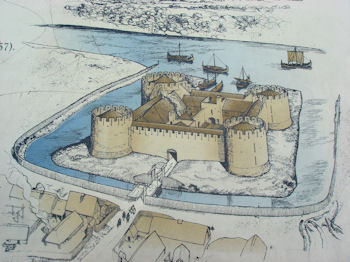
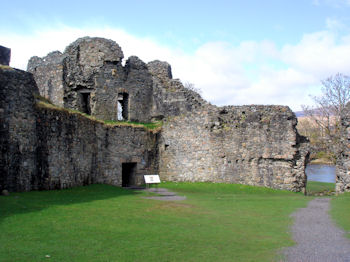
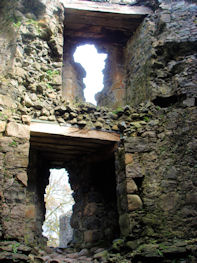
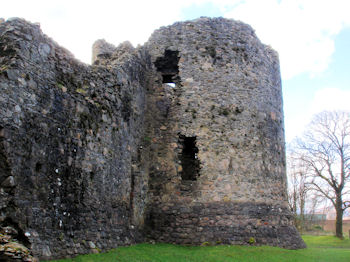
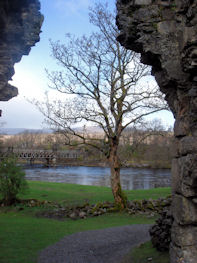
Old Inverlochy Castle originally dated back to the 13th century. It is now a ruin but it was one of the most important castles in Scottish history in its day and was the backdrop for two major historical events, the first and second battles of Inverlochy.
The castle was once surrounded on three sides by a moat that was dug out to the River Lochy. In castles as in real estate, it is all about location and the site on the river gave Inverlochy castle a superior advantage. The old Military Road passed right by the castle and can still be followed back in to Fort William.
Inverlochy Castle last played a part in Scottish and English history during the Civil Wars of the 1640's. In 1645 the royalist Earl of Montrose routed the roundhead forces of the Campbell Chief Duke of Argyll at the second Battle of Inverlochy.But time marches on and the style of warfare changes. In 1654 the Castle was "replaced" by a large timber fort built by Oliver Cromwell which in 1690 was then replaced by a stone fort named Fort William after King William III. The town which grew around it was named Maryburgh after the Queen, Mary II, though eventually it took the same name as the fort.
In 1836 a new Victorian, chateau-style Inverlochy Castle was built in nearby Torlundy. This has since been converted into a luxury hotel. The "Fort" in Fort William fell into disuse by the mid 1860's when the railway was built to Fort William, cutting though the land on which the Fort was built along the side of Loch Linnhe. However, some parts of the ruins still remain by the side of the Loch. (That was more information than you really wanted to know, wasn't it?)
© 2009 Restaurant Doctor